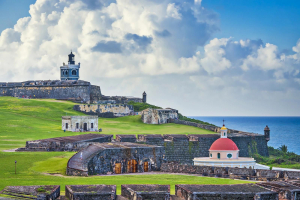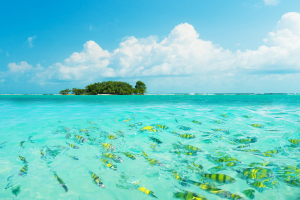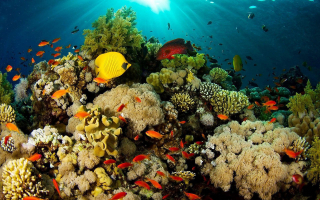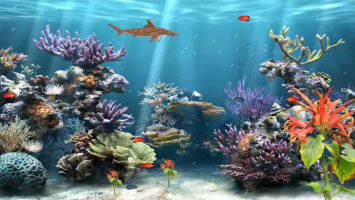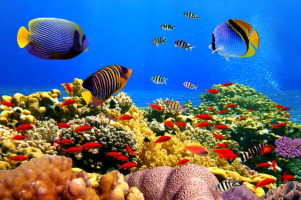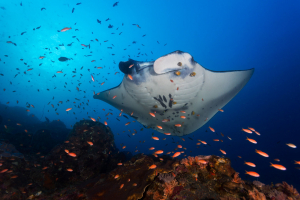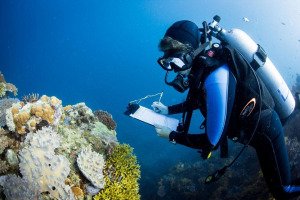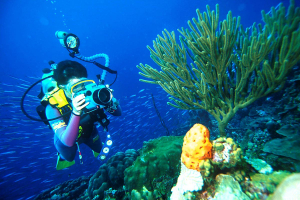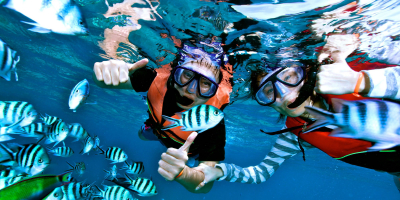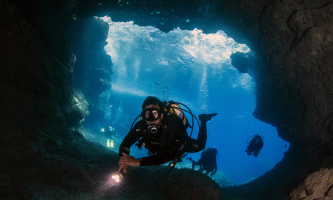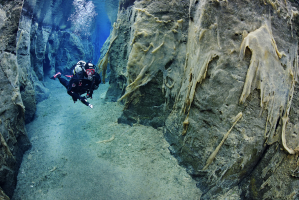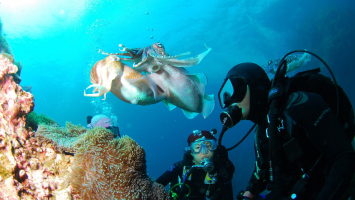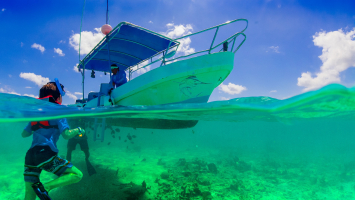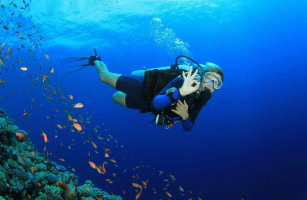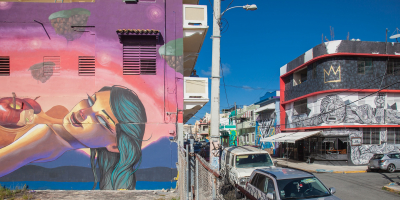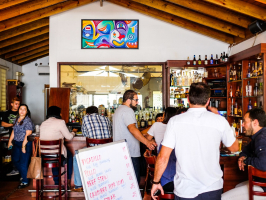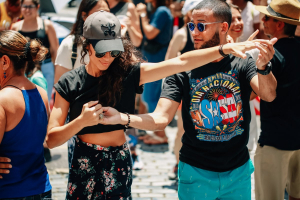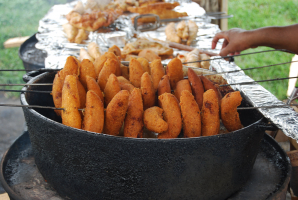Top 10 Most Popular Dive Sites In Puerto Rico
Puerto Rico is one of those destinations where the old world is intertwined with the modern. There are plenty of land-based and ocean-related activities to ... read more...keep you mesmerized for the duration of your trip. If not everyone on your trip is a diver, there are ample surfing spots and nature trails for them to enjoy. Here are the top best dive sites in Puerto Rico that deserve to explore!
-
Mona Island is one of the best dive sites in Puerto Rico. This underwater paradise is located a 50-mile ride from the coast of Puerto Rico and promises to be one of the best dive locations you have ever visited. It’s a great location to visit when on a liveaboard boat since day-based operators rarely venture this far out. Mona island is at a spot where the Atlantic Ocean and the Caribbean Sea unite bringing together amazing sites. The currents can be strong, but the clear water with almost 165ft of visibility makes up for it.
This incredible dive destination promises visitors an incredible variety of caves with astonishing collections of wildlife. The strong currents attract a large variety of large animals, including sharks, humpback whales, turtles, and more. While the biodiversity is similarly diverse as the Galapagos, it has the additional benefit of having warm waters. Enjoy your dive among the spectacular coral including hard and soft varieties.
Location: Mayagüez, Puerto Rico.
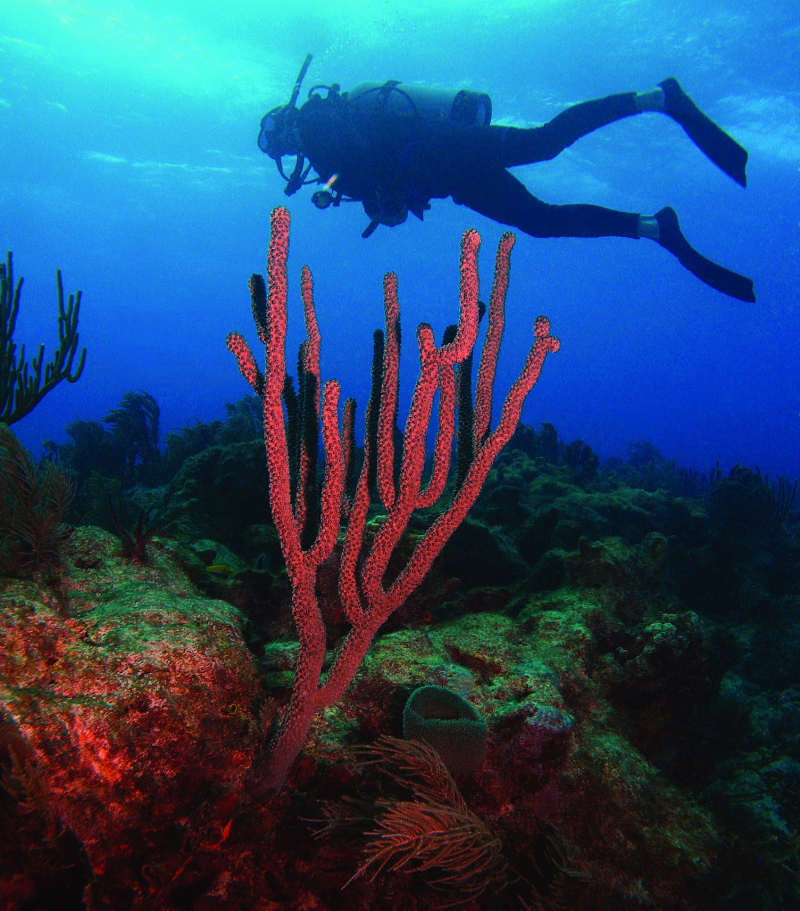
theculturetrip.com 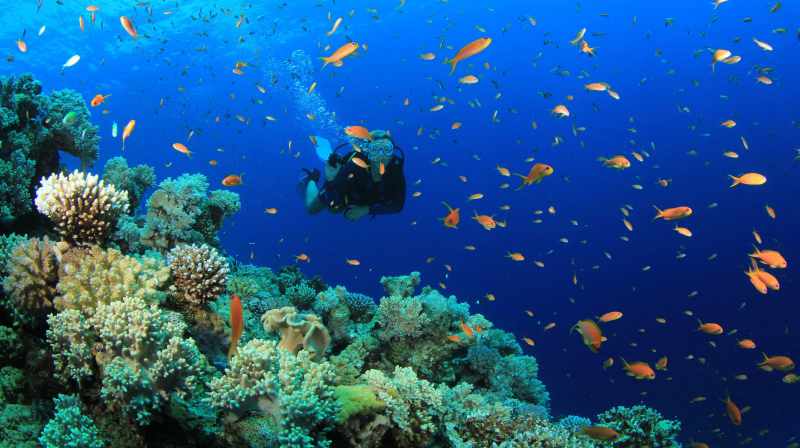
traveltipsor.com -
Las Cuevas is among the best dive sites in Puerto Rico. If you enjoy exploring swim-throughs and caves, then this is the ultimate dive spot for you. Las Cuevas translates to caves, and this dive site is filled with canyons and arches. See how many you can swim through and what creatures you can find at this dive site. There is a triangular-looking window that looks like Darth Vader’s Mask. Las Cuevas is a great spot for beginner divers to explore and the caves and swim-throughs promise sightings of unique critters.
Caves provide ample shelter for many marine animals who enjoy the safety of this natural topography. Check out how many moray eels, shy shrimp, camouflaged crabs, lobsters, species of bony fish, and sand-dwelling sharks. Bring an underwater torch to get the best possible views of these critters. Invertebrates particularly enjoy the small cracks and crevices and can be easily seen by their reflecting eyes from the torchlight.
Location: Morovis and Ciales, Puerto Rico.
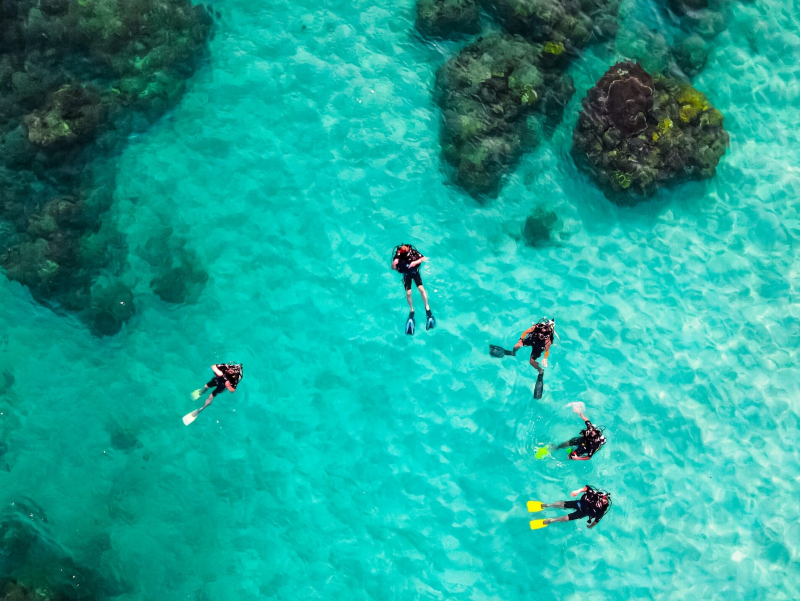
numerounopinones.com 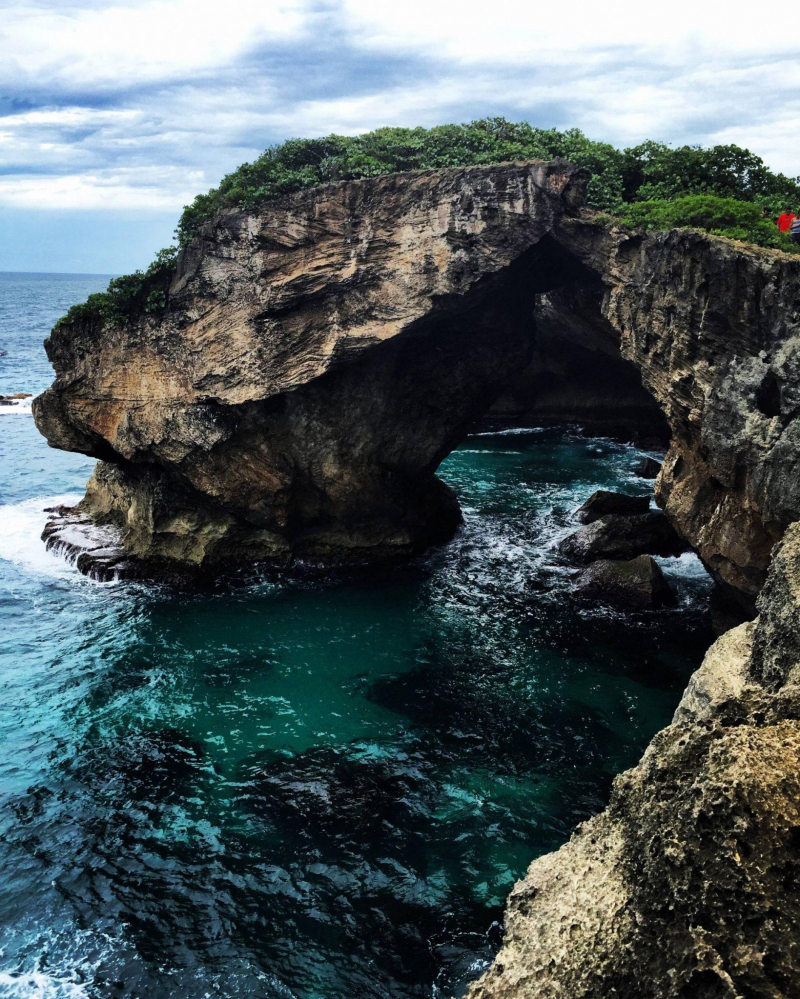
jenonajetplane.com -
Another best dive site in Puerto Rico is Candyland. This incredible Candyland of a dive site promises divers exquisite views of mesmerizing collections of coral and accompanying marine animals. There is a large funky-shaped coral mound inviting divers to the center of the dive site. It is a relatively shallow dive site that allows intermediate-level divers to take advantage of the stunning landscapes. Grab your camera and try and capture some of the bright colors found here. Thriving reef with a large collection of coral species. The Gigantic Sea Fans here make great subjects for underwater photographs. Besides, large amounts of reef fishing are swimming around this dive site.
Candyland is well known for its rich collection of coral. The bright colors are fascinating to watch on the intertwined soft, hard corals, and large sea fans. There are lettuce corals, and sponges, with darting tropical fish among them. See how many butterflyfish, damselfish, batfish, trumpet fish, moray eels, and dancing parrotfish are in the clear warm waters.
Location: Desecheo Island, Puerto Rico.
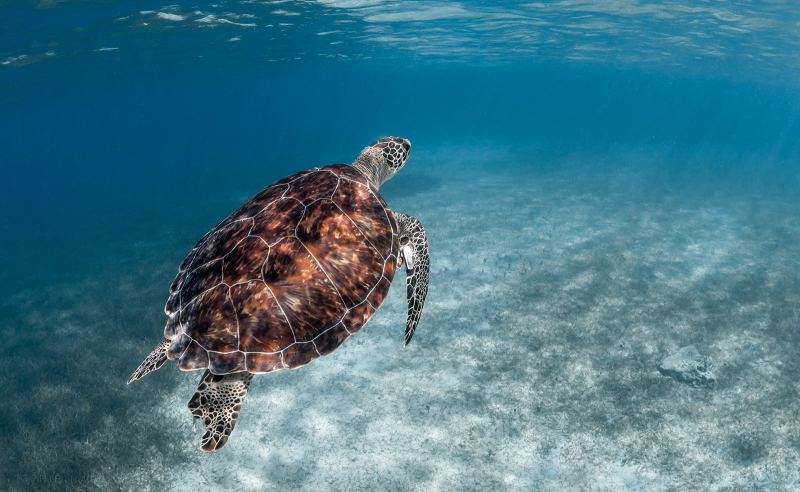
afar.com 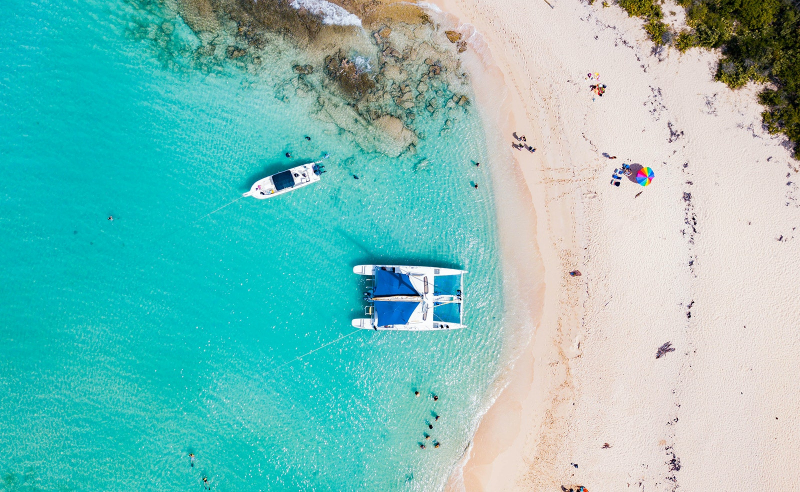
divein.com -
The Black Wall dive is famous for all divers since it is a dive site on an impressive 22 miles long of thriving coral reefs. This wall dive descends from 60 feet to well past the recreational limits and is well suited for intermediate and advanced divers. The wall is covered with astonishing coral growth including black coral, black and red gorgonians, and massive purple tube sponges. The whole cacophony of colors provides an impressive backdrop to your deep dive. The unique and rare black coral covers the slopes of this wall. This dive site usually has fantastic visibility. And this deep wall dive is a great spot for intermediate and advanced divers.
Some of the most common species of fish you may see include Hogfish, triggerfish, trumpetfish, and rays swimming around. If you are lucky, you may also see some turtles or occasional pelagic fish. The Black Wall has been featured in the Scuba Times, the PADI underwater journal along with plenty of TV documentaries!
Location: La Parguera, Puerto Rico.
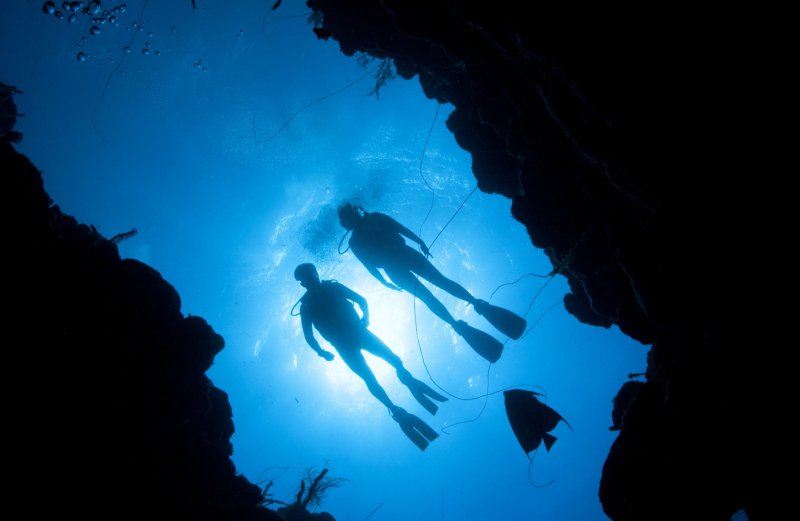
tripsavvy.com 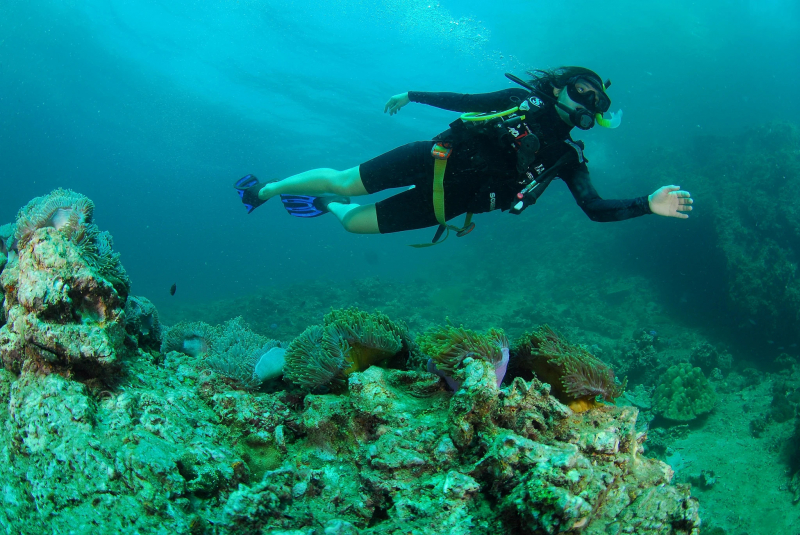
theculturetrip.com -
Efra's Wall dive site is an explosion of coral and life and is among the best dive sites in Puerto Rico. There is a canyon carved out of a wall where gorgonians have taken over. This is a relatively deep dive where the reef begins at a depth of 55 feet and drops down to 100 ft. Along with your dive you will be swimming among whip coral, large golden zoanthids, green finger sponges, and rope pore sponges. Bring your camera to capture the beauty of this dive site.
Efra's Wall dive site also offers plenty of spots for many reef fish to swim and hide, along with cracks and crevices for invertebrates to hide in. There are brightly colored crabs, cleaner shrimp, and starfish. There are also large black coral forests where slipper lobsters, schooling black surgeons, and striped parrotfish live.
Location: Island Scuba, Puerto Rico.
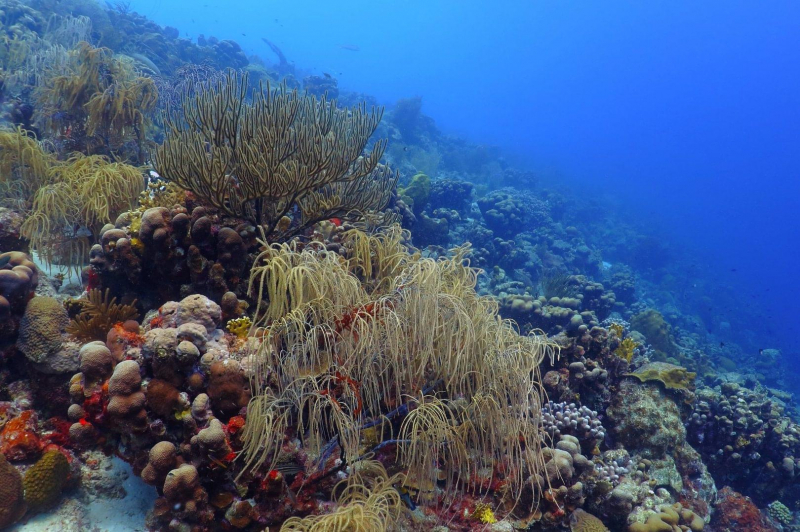
PADI 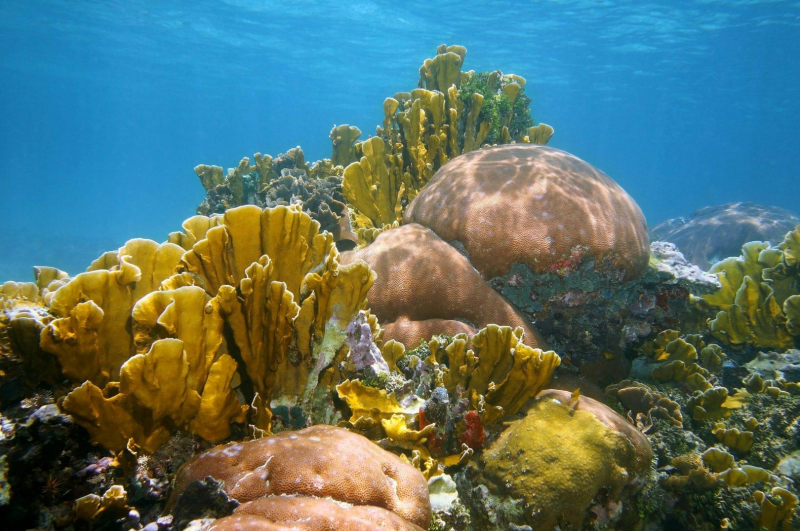
PADI -
This is an easy shore dive off one of the most beautiful beaches in Puerto Rico. Crash Boat is a loved destination for locals and travelers who visit the town of Aguadilla and is one of the best dive sites in Puerto Rico. The dive begins from the old navy pier that stretches out from the beach. There tends to be no current in the area and provides fantastic visibility. Crash Boat is surely a fantastic dive for novice divers or ones in need of a refresher. The old Navy pier attracts a large amount of fish and invertebrates for shelter.
The navy pier attracts a whole variety of marine life to it including plenty of coral, reef fish, and the occasional turtle. Both divers and snorkelers alike can enjoy this thriving marine ecosystem. So, use the shallow depth and great visibility to snap photos of hard and soft corals, along with large collections of reef fish.
Location: Aguadilla, Puerto Rico.
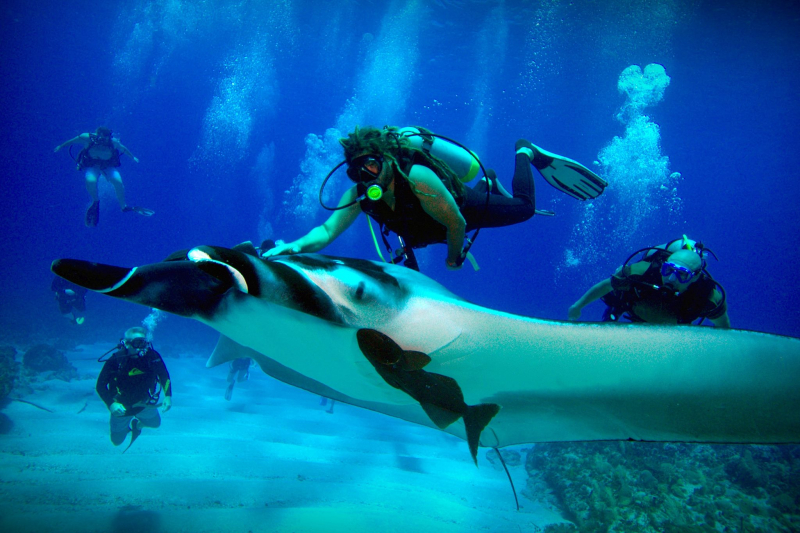
top10puertorico.com 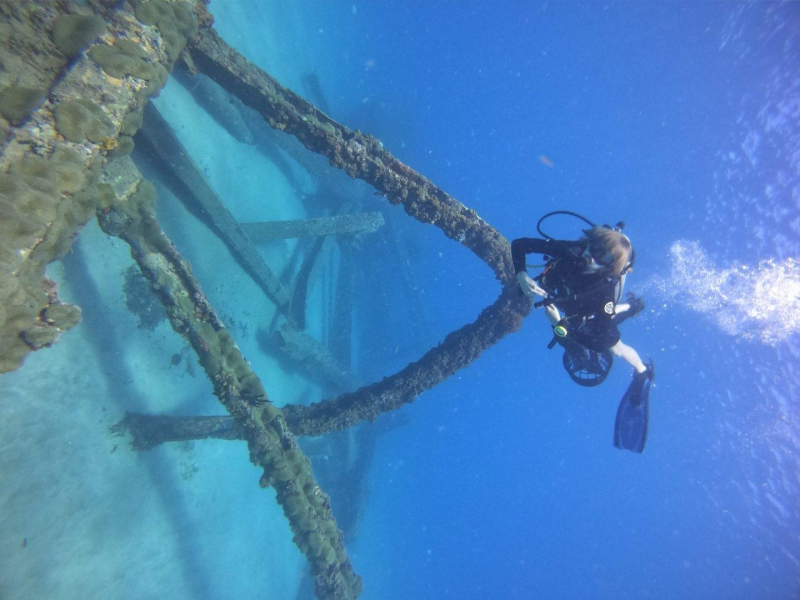
PADI -
If you are looking for a truly untouched reef to take you back in time, then Angel Reef is the dive site for you. It is a shallow dive site with a maximum depth of 60 ft. It is a spur and groove reef, with most of its corals in pristine condition. Dive guides know this site well and will be able to show you some old Spanish anchors among the rock and reef. You will have the chance to see some Spanish ship anchors laying on the ocean floor and the corals here are in pristine condition.
Angel Reef dive site is the home to many thriving corals who are the foundation for thriving underwater habitats. Another highlight in the area is the historic Spanish anchors that were left behind by ships in the past. There are also large groups of gray angelfish, butterflyfish, damselfish, and more!
Location: Isla de Vieques, Puerto Rico.
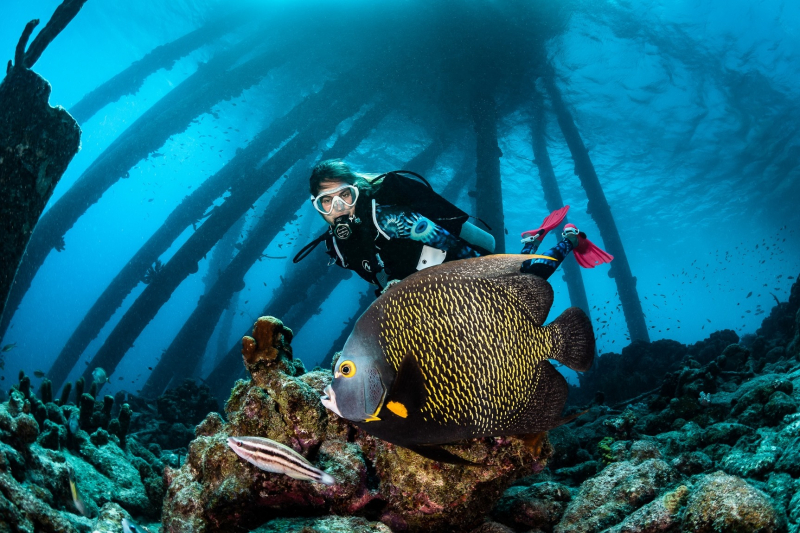
Aqualung 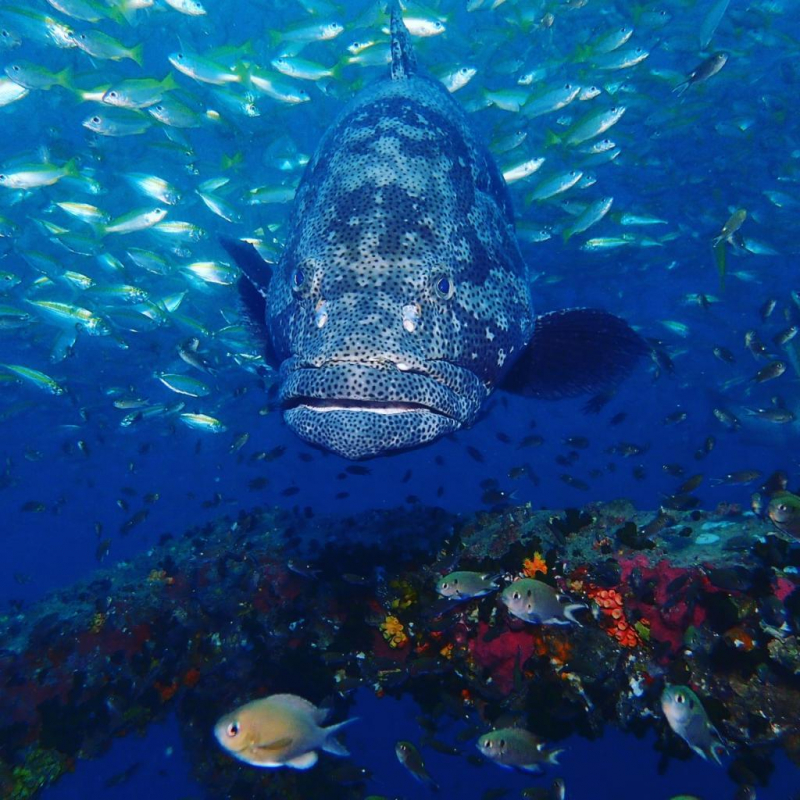
blog.divessi.com -
Mosquito Pier dive site is one of the most popular dive sites, along with Mosquito pier. It is located along the breakwater on the north side of the island. There is plenty of sheltered water with minimal current, where beginner divers can frolic, while certain areas are best suited for advanced divers. The shallow parts of the reef are also snorkel friendly and offer sites of thriving marine creatures. This dive site is snorkel friendly.
You have a big chance of spotting resident hawksbill and green turtles in Mosquito Pier. Sea turtles are common residents in the area and are frequently spotted by divers. You will also have the chance to see some eagle rays gliding through the blue water, sting rays, moray eels, and Caribbean lobsters. This reef has just about every species of fish found in the Caribbean waters with exquisite visibility and minimal currents. Bottlenose dolphins also can be spotted from onboard your boat or directly off the beach.
Location: Vieques, Puerto Rico.
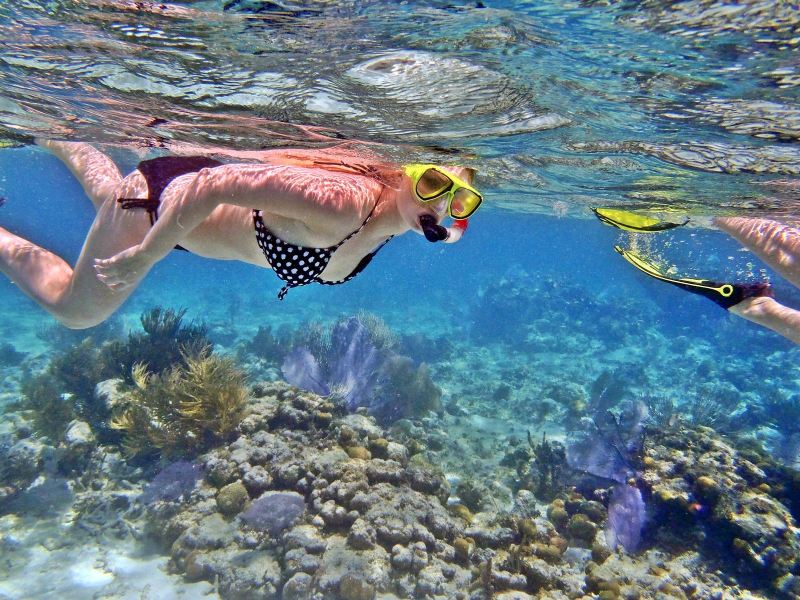
top10puertorico.com 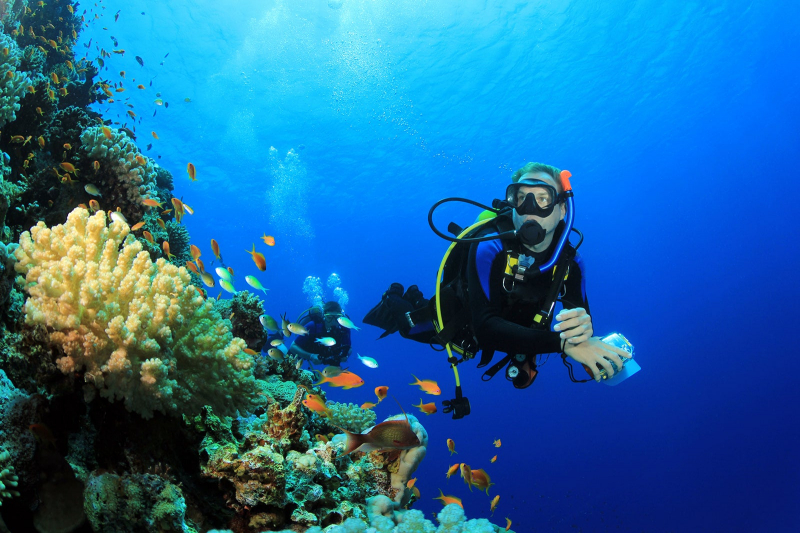
Aqualung -
Fallen Rock is one of the best dive sites in Puerto Rico. This uniquely shaped dive site is a 45-minute trip from La Parguera and is one of the “most sought-after destinations” in Puerto Rico according to Scuba Diving Magazine. It’s a V-shaped notch in the wall where a large coral-covered boulder broke off and formed a pinnacle. The dive site has steep drop-offs descending well past 100 feet. It provides spectacular opportunities for photography, deep diving, and challenging dives. It is only a 12-minute boat ride from Playa Santa, making it a great day trip!
Great spot to spot open water animals such as barracudas and spotted eagle rays in the deep blue. The wall where you begin your dive is covered with coral with a magnitude of marine animals. Crabs and other invertebrates hide among the coral structures while reef fish swim around in the blue. There are plenty of Chromis around along with Caesar grunts, schoolmasters, and Spanish Hawkfish. Once you are near the deep descent you are also more likely to spot ocean triggerfish and pelagic including mackerels, jacks, barracuda, and spotted eagle rays.
Location: Guanica, Puerto Rico.
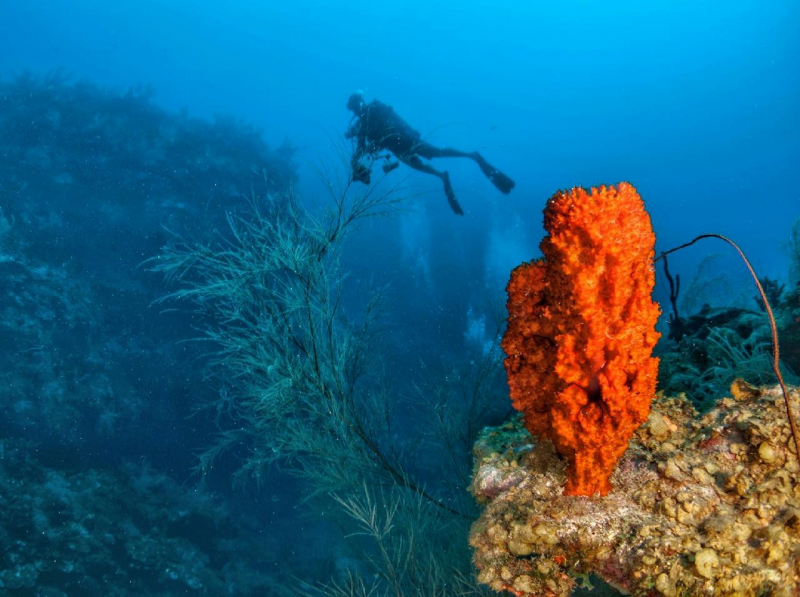
Facebook: Island Scuba Puerto Rico & Beach Outfits 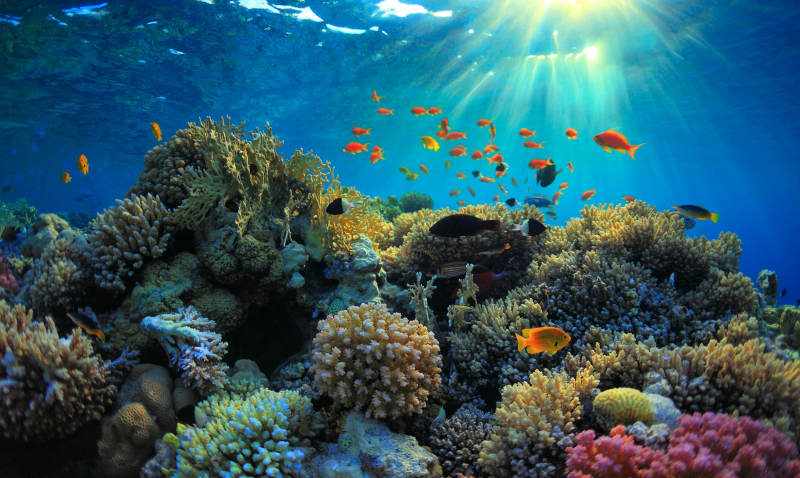
deeperblue.com -
While this is one of the most highly prized destinations from Puerto Rico, Sail Rock is part of St. Thomas. However, it is such a great dive, that you should consider doing it! It’s located 10 miles from Culebra. The pinnacle begins at a depth of 140ft and offers great visibility. There are large schools of fish that swirl around the pinnacle, along with plenty of other marine animals. To reach this dive site, there will need to be calm weather conditions to travel the distance. A fantastic pinnacle with abundant marine life in St. Thomas, you will have a great chance to see eagle rays and large sharks.
These massive pinnacles in the middle of the deep blue always attract large numbers of marine animals. At this one, you can expect to see large schools of jacks, swirling barracudas, and even some jacks. If you keep your eye out into the deep blue, you will be able to spot some sharks or a small collection of eagle rays.
Location: Virgin Islands
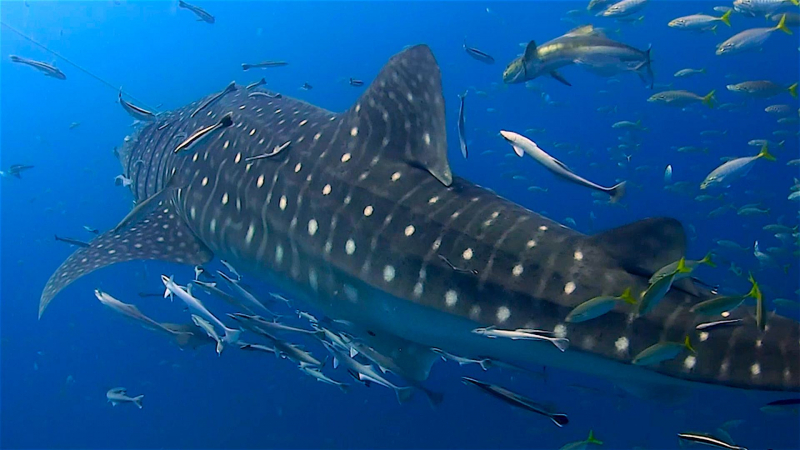
thefunkyturtle.com 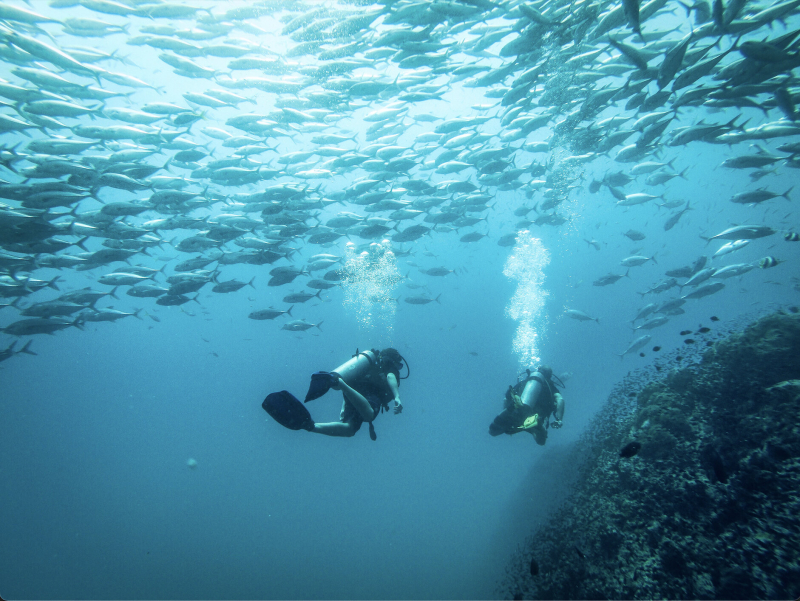
jackmurphyphotography.com












